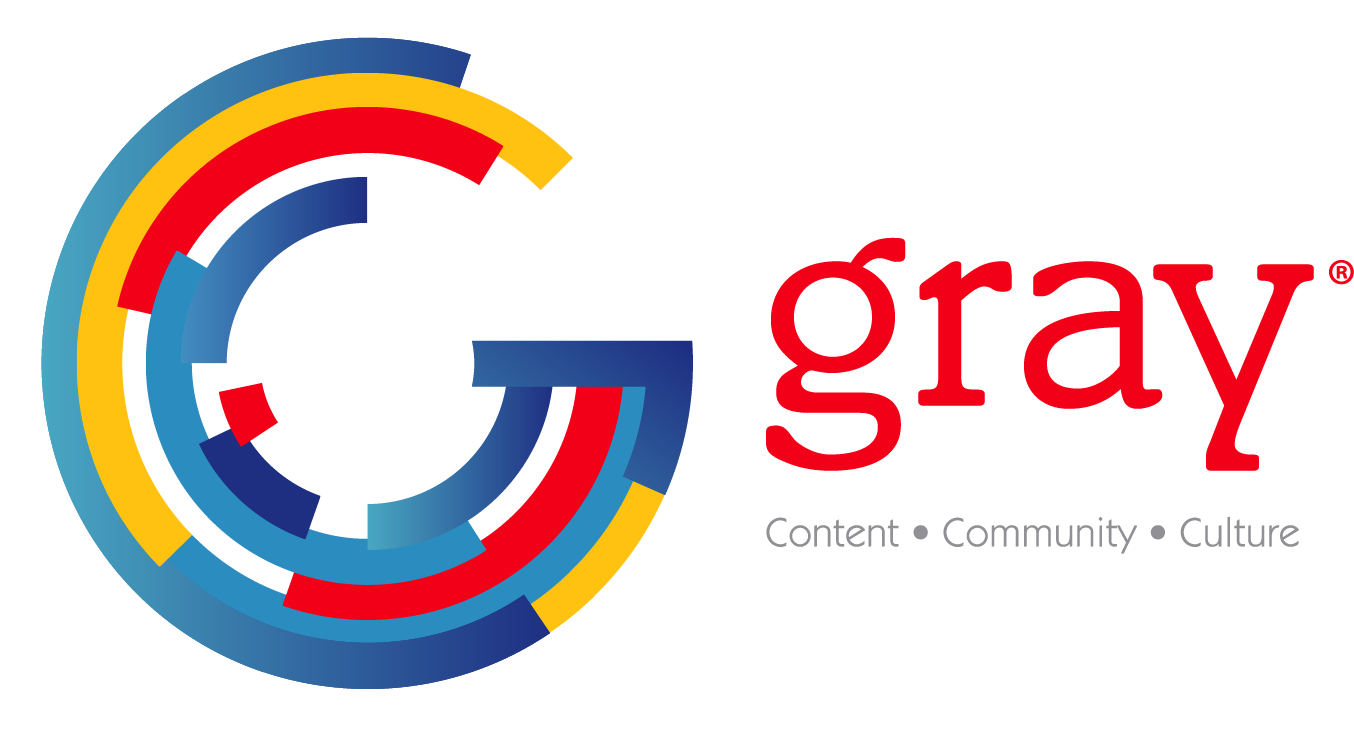More stations make the DTV transition
The NAB continues to update its list of stations on the air with a digital signal, announcing last week that the number, including public stations that are not mandated until next year, now stands at 574.
Subtracting the approximately 82 PBS member stations currently on the air, the total still falls well short of the roughly 1,288 commercial stations that are supposed to be on the air. Most have received extensions from the FCC that run until the end of this year.
For Nashville, Tenn. viewers (DMA#30), four stations have joined its ABC, CBS and NBC counterparts already on the air in digital. These include Fox affiliate WZTV-TV, UPN station WUXP-TV, WB affiliate WNAB-TV, and WB member WHTN-TV.
Of the other “new” DTV stations just listed, NBC affiliate KCBD-DT in Lubbock, Tex., has been on the air with digital since July, according to Chief Engineer Ricky Price. The station, the first in its market with DTV, is operating a Harris Platinum CD solid-state transmitter at 1.5 kW (15 kW ERP) with generally favorable results. That’s its full-power allotment from the FCC.
Signal propagation has been a concern, even in the flat topology of Texas, due to the station’s design requirements and severe weather conditions. Price said lightning storms have wreaked havoc on KCBD-DT’s signal, often causing the picture to fail for three or four seconds. The station is now on its third antenna, the brand of which Price declined to reveal.
Price said he’s feeding the station’s NTSC and DTV signal into the same antenna. “The first one burned, the second one has a pattern problem, and now I’m fighting weather trying to get the third one up,” he said.
The transition according to the station’s owner, Liberty broadcast, cost about $1 million. KCBD-DT is transmitting DTV 24/7, with pass-through network HDTV (primetime series and “The Tonight Show”) and upconverted NTSC accounting for the remainder of its broadcast day. The station is also multiplexing its bandwidth to distribute a second DTV channel as well.
The professional video industry's #1 source for news, trends and product and tech information. Sign up below.
Consumers in Lubbock sometimes call Price to ask about the difference in aspect ratios with HDTV, but they generally like the improved pictures. However, until he can solve the antenna problem, Price said the prospects for DTV’s success are “iffy” at best in the #147 DMA.
In Lubbock, where a significant number of viewers receive TV via an outdoor antenna, the lightning causes a disruption in the bit stream and, thus, no picture for short intervals because the signal is unlocking at the TV set. With analog NTSC, Price said the picture usually “sparkles a bit” but does not fail the way digital does.
“People are not going to be happy if their picture breaks up every time we have a lightning storm… which in Texas is very common,” he said. “Right now, every time we get lightning within a 20-30 mile radius our picture goes away for a few seconds. We can’t have that going forward.”
The other stations on the NAB’s most recent digital list include: WCLF-TV Tampa, Fla.; WPXB-TV Boston, Mass.; WACX-TV Orlando, Fla.; KCTV-TV Kansas City, Mo.; WLVI-TV Boston, Mass.; KEYC-TV Mankato, Minn.; WIBW-TV Topeka, Kan.; WNDY-TV Indianapolis, Ind.; WTTV-TV Indianapolis, Ind.; WVTM-TV Birmingham, Ala.; WCTX-TV Hartford, Conn.; WAPT-TV Jackson, Miss.; KUVS-TV Sacramento, Calif.; KMAX-TV Sacramento, Calif.; KDTV-TV San Francisco, Calif.; WCBI-TV Columbus, Miss.; WFPX-TV Fayetteville, N.C.; WPXU-TV Jacksonville, N.C.; KOKI-TV Tulsa, Okla.; WPSG-TV Philadelphia, Pa.; and WPHL-TV Philadelphia, Pa.; KSTR-TV Dallas, Tex; WTVC-TV Chatanooga, Tenn.; WBBH-TV Ft. Myers, Fla.; WZVN-TV Ft. Myers, Fla.; KSAS-TV Wichita, Kan.; WRLH-TV Richmond, Va.; WRIC-TV Richmond, Va.; WDSU-TV New Orleans, La.; KSBW-TV Monterey, Calif.; KHQ-TV Spokane, Wash.; KNDO-TV Yakima, Wash.; KNDU-TV Yakima, Wash.; KGEB-TV Tulsa, Okla.; and WTVK-TV Ft. Myers, Fla.
The NAB said DTV signals are now being transmitted in 158 markets that include 92.49 percent of U.S. TV households. In addition, 46 percent of U.S. TV households are in markets where four or more DTV signals are available.
For more information visit www.nab.org.
